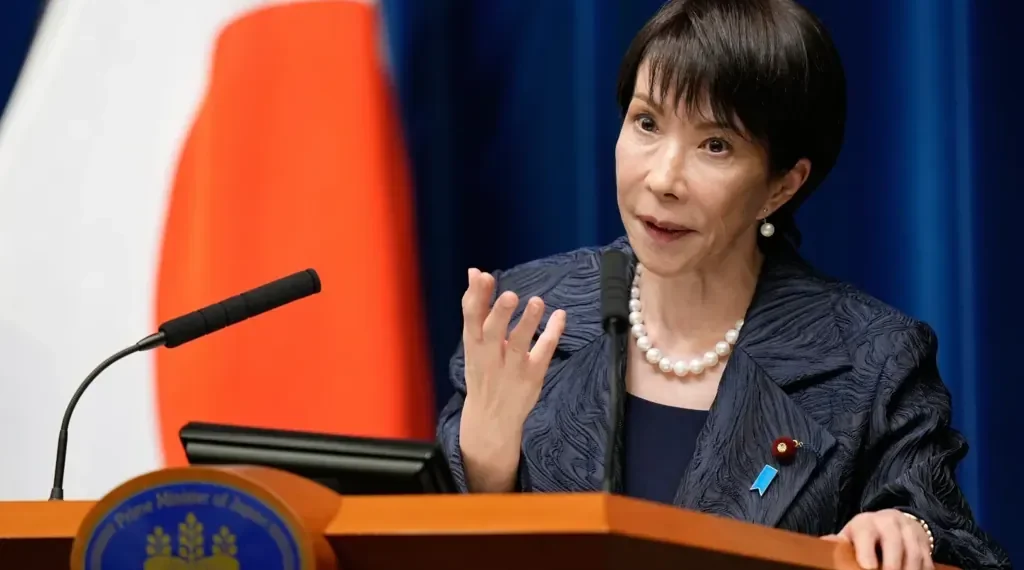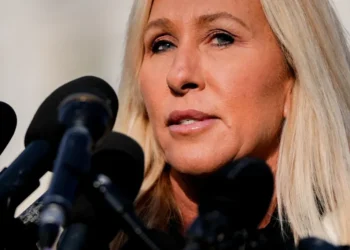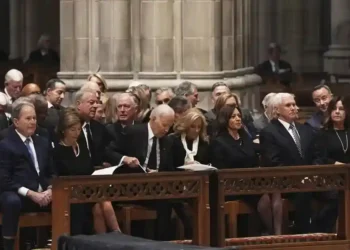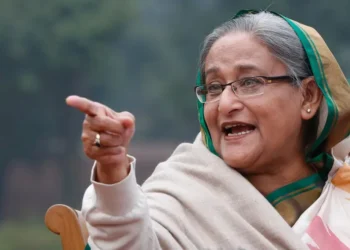Japan’s Female Leader Faces Sumo Tradition Debate as Trophy Ceremony Nears
Japan’s first female prime minister, Sanae Takaichi, has unintentionally revived a long-running national debate: whether women should be allowed to enter the professional sumo ring. The discussion resurfaced after questions emerged about who will present the Prime Minister’s Cup at major tournaments — a role that traditionally places Japan’s leader inside the male-only dohyo.
Takaichi, who took office in October, will miss the trophy ceremony at the Kyushu Grand Sumo Tournament because she returns from the Group of 20 summit in South Africa a day after it concludes. Her next opportunity will come at the New Year Grand Tournament in Tokyo. But even without her direct involvement, her historic election has intensified public scrutiny of a centuries-rooted custom that bars women from the ring.
The debate extends beyond sport. It has become part of a broader national conversation about gender equality, tradition, and Japan’s evolving social landscape.
The Tradition Behind a Modern Controversy
The prohibition on women entering the sumo ring — a raised platform made of clay with a sacred boundary of rice straw — is widely known in Japan. The dohyo is regarded as a place of purity within professional sumo tradition. Its ancient connection to Shinto ceremonies has often been cited as justification for the ban, though scholars argue the basis is more complex.
Women are still excluded from certain sacred sites and religious rituals across Japan, a legacy tied to older ideas of ritual impurity associated with menstruation and childbirth. According to Naoko Kobayashi, a religion and gender expert at Aichi Gakuin University, many modern restrictions stem from Meiji-era customs rather than ancient doctrine. These exclusions once extended to religious training grounds, particular temples and shrines, and local festivals. While many bans have faded, some still persist.
Critics argue these traditions no longer reflect Japan’s social or demographic realities, especially as women play increasingly visible roles in public life.
A 1,500-Year Sport With a Gender Rule That Isn’t Ancient
Sumo’s long history is deeply intertwined with Shinto ritual and Japanese court ceremonies. Its earliest matches, recorded more than 1,500 years ago, served as offerings to the kami, or spirits. Ritual dancing, prayers for harvests, and ceremonial performances shaped the sport’s early identity.
Yet historians point out that women were not always excluded. A seventh-century imperial chronicle describes female court performers engaging in sumo at the request of an emperor. Records from the 16th century reference female wrestlers, suggesting the modern ban is far from timeless.
The Japan Sumo Association, however, has traditionally defended the rule. Its chairman, Nobuyoshi Hakkaku, said in 2018 that the ban is not based on religious notions of impurity. He argued that the dohyo is a competitive battleground designed exclusively for male wrestlers, and that preserving its all-male status is part of the sport’s identity. “We have consistently denied sexist intentions,” he said at the time.
As the sport modernized — especially after Emperor Meiji attended matches in 1884 and the opening of Ryogoku Arena in 1909 — its traditions became formalized. Critics say the exclusion of women hardened during this transition.
Public Pushback and High-Profile Incidents
Challenges to the ban have surfaced for decades. In 1978, labor ministry official Mayumi Moriyama protested when a young girl was denied entry to a championship ring despite winning a local children’s qualifying match. Years later, as a government spokesperson, she was barred from entering the ring to present the Prime Minister’s Cup.
The issue gained international attention in 2018 when the mayor of Maizuru collapsed while speaking in the dohyo. Two female medical responders rushed in to give first aid, followed by two more women. Announcements repeatedly instructed them to leave the ring, prompting broad criticism. Officials then scattered salt across the ring — a purification gesture — further igniting public backlash.
Days afterward, Takarazuka city mayor Tomoko Nakagawa was prohibited from entering the ring to deliver a ceremonial address at a regional tournament. Forced to speak from the sidelines, she said she felt humiliated to be excluded solely because of her gender.
Following these events, the Sumo Association apologized and established a panel of outside experts to review the ban. Seven years later, the panel has yet to issue a formal decision, underscoring the sensitivity and complexity of the issue.
Kobayashi, the gender studies expert, says the ban is increasingly incompatible with contemporary norms. “Excluding women under the premise of male-centered traditions and customs can no longer be justified under the values of the times,” she said.
A Conservative Leader Navigating a Cultural Crossroads
Prime Minister Takaichi is a traditionalist on gender issues. She supports maintaining male-only succession in Japan’s imperial family and opposes allowing married couples to retain separate surnames — a reform backed by many women’s-rights groups.
Her political base includes right-wing voters who value cultural continuity and have rallied behind populist groups in recent years. Any appearance of challenging sumo tradition, analysts suggest, could risk alienating that bloc.
Her government spokesperson, Chief Cabinet Secretary Minoru Kihara, has already signaled that she does not intend to step into the sumo ring. “Prime Minister Takaichi intends to respect the tradition of sumo culture,” he told reporters.
Her stance reflects the broader challenge facing Japanese leaders: balancing respect for heritage with calls for greater gender equality. The outcome of the debate may set a symbolic precedent for how Japan manages competing pressures of tradition and modernity.
What Comes Next
The next major test will come during the January tournament in Tokyo. Whether Takaichi will be able — or willing — to enter the ring remains uncertain. What is clear is that the conversation about women and sumo will continue. With Japan’s first female prime minister now at the center of national attention, many believe the country is entering a pivotal moment in its ongoing dialogue about gender roles.
For now, the ring remains closed, but the debate around it is more open than ever.
This article was rewritten by JournosNews.com based on verified reporting from trusted sources. The content has been independently reviewed, fact-checked, and edited for accuracy, neutrality, tone, and global readability in accordance with Google News and AdSense standards.
All opinions, quotes, or statements from contributors, experts, or sourced organizations do not necessarily reflect the views of JournosNews.com. JournosNews.com maintains full editorial independence from any external funders, sponsors, or organizations.
Stay informed with JournosNews.com — your trusted source for verified global reporting and in-depth analysis. Follow us on Google News, BlueSky, and X for real-time updates.










